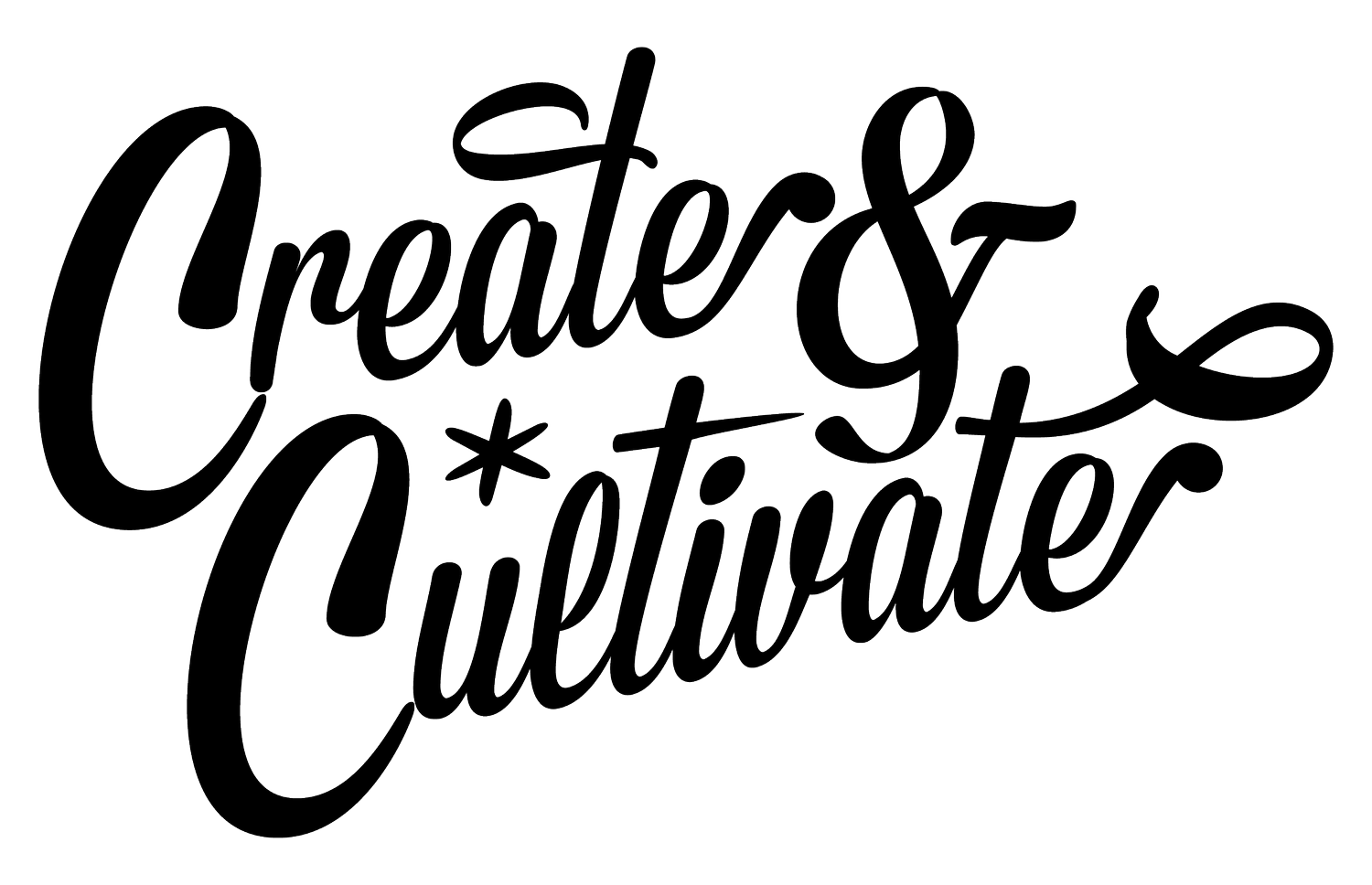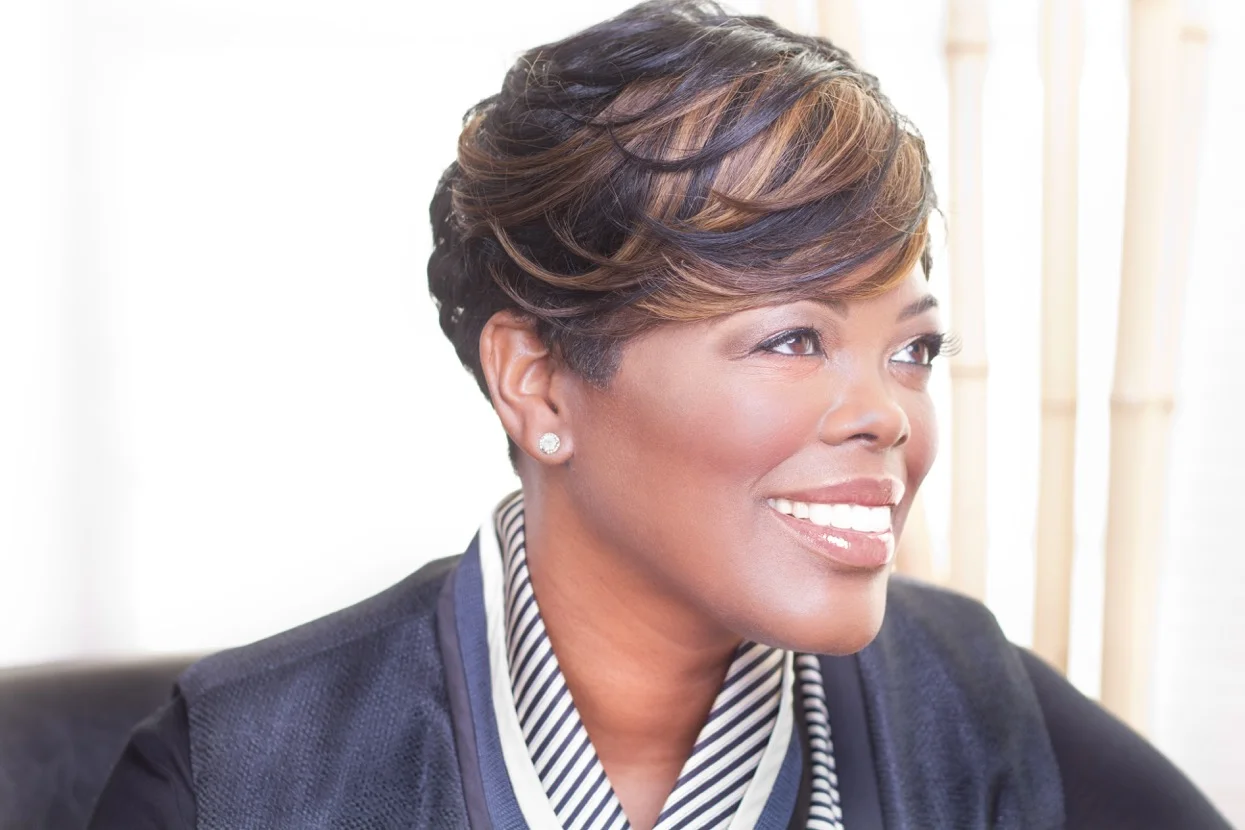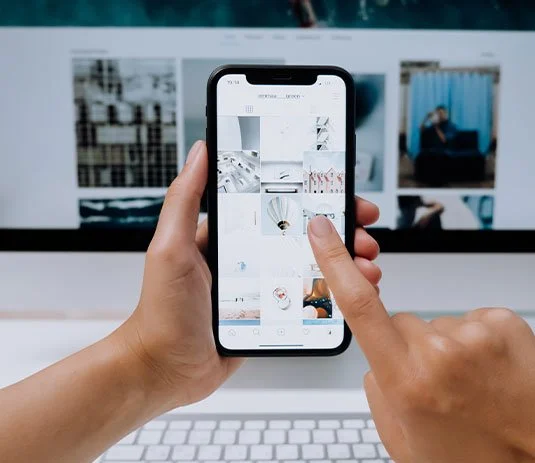Tina Wells Started a Company in Her Teens, Today It's an Award-Winning Agency
How this marketing guru has survived twenty years, with aplomb.
When you start your company at 16, there’s a decent chance you won't be doing the same thing by the time you graduate high school, let alone two decades later. Yet Tina Wells, founder of Buzz Marketing Group, defied that decent chance and remains CEO, founder and captain of the marketing company she started in her teens.
It wasn’t her intention. She didn’t set out to run a company. Rather, the goal was to be a fashion writer, ideally at a Hearst publication. “Seventeen was the dream,” she says.
“Never in a million years did I think I’d run a company or that twenty years later I’d be doing the same thing.” Like the start of many companies, her foray into marketing came from a place a need. As a fashion and beauty loving teen with five younger siblings she knew her parents weren't going to be able to buy her the newest trends. "My parents," she says, "were working their butts off to get us into private school and I knew I needed to come up with a way to make money. That's all it was. I figured out that I could review product and then wear it."
It is a resourcefulness that followed her through high school graduation, into college, and helped her grow BuzzMG's buzzSpotters-- a network of trendspotters that was cast to be a research network. It's a group of those in-the-know "and now and always looking around the next corner." In the beginning the buzzSpotters consisted of Tina and her ten friends. “I remember when we got to 200 people I thought it was too much," she says. There are now 37,000 people worldwide. "Consumers know what they want and want to be part of the process," she says. “That’s something I recognized as a 16 year old. I knew that if my friends and I wanted to be a part of the process of a company making something for us, then other people had to want it too."
"Consumers know what they want and want to be part of the process."
Tweet this.
It's a thought that has paid off. It was during Tina's freshman year at Hood University when someone said to her, “I just paid someone $25,000 to do market research and what you’ve done is ten times better.”
It was perfect timing. When this conversation occurred Tina was taking an Intro to Business class with the head of the Business Department. She went to visit that professor during office hours and told her what she’d been up to the last two years. That professor told Tina to take independent study with her to figure out how to make it a viable business. She did. “That was the launch pad,” she says. “It wasn’t me saying, ‘I have a great idea for a business,’ rather I was being told I was doing something really interesting that could be a business.”
Today, Buzz Marketing Group is an award-winning media communications agency that focuses on Millennials, moms, and multicultural consumers. They deliver data and strategies that drive the marketing approach for clients. “I’ve been doing this so long,” Tina says, “that back when I started it was youth marketing. There weren’t Millennials and there certainly wasn’t the idea of Millennial marketing.”
"So long," gives Tina and her team a certain edge-- even though the technologic landscape around her has moved seismically. “I still reference the business plan I developed with my professor 18 years ago,” she explains. In addition to running her company Tina is the current Academic Director of Wharton's Leadership in the Business World program and is teaching a summer program based on the principles set forth in that business plan. "The basics of building a business are still the same." she says. Adding, "You still need to answer those ten questions every business owner has to answer." (Check back, we'll be sharing those next week!)
What has changed are the tools. She jokes that if she had launched her business now she would have scaled in three months “Technology tools empower us to be better at our jobs every day.” It's technology that allows Buzz to survey people in their network better and provide better results for clients.
“Technology has the ability to do the unbelievable, but my business is built in a very brick-and-mortar way," a foundation she insists has the ability to withstand any tech wave or crunch. "I realized early on build a great business and let the tools empower you. But don’t be so focussed on creating a business for a particular tool."
"Build a great business and let the tools empower you."
Tweet this.
BuzzMG is built in a way that's evergreen-- they are, says Tina, "research first, not creative first, and we're very honest with our clients about that." They develop marketing strategies based on data from consumers of all ages and internally develop original research for the client. "We’ll go to our network of buzzSpotters, conduct an internal survey, and go back to the client with an audit of where their brand is, where it need to be, and what we will do to get to achieve that goal.”
"Because we’re research driven we never go into any situation assuming how a conversation is going to go." It also helps Buzz create campaigns that are likewise evergreen. One of the things Buzz is known for are their lists. They help build the inspiring Levo100 List, which was first released in 2015 and is still being shared today. They worked with American Eagle Outfitters on the aerie beauty and body line, leveraging their proprietary database of influencers to create and educate a curated in-market ambassador program of over 150 ambassadors in every state with an aerie store. Upon re-launch, aerie performed 500% better than projected, generating over $250 million in sales for AE.
It’s an approach Tina believes (and has the results to prove it) gives her a great advantage because her team is always looking at what the consumer will tell them. "We make decisions by looking at all sides. Culture is changing, it’s moving so quickly-- how we’ve survived for twenty years is by sticking to the solid principles of marketing."
“I never want to get caught in hype.” she says. “There are people who say 'this is dead,' 'that is dead,' 'blogging is dead', 'influencer is dead.' 'No.' I’ve said to clients, 'Print is not dead, bad print is dead.' And it should be."
"Print is not dead, bad print is dead. And it should be."
“A great brand is always a great brand," she says. "It’s just the tools that change.”
More from our blog:
Five Ways to Make Your Nonprofit Brand Stand Out
How can you break through the clutter and away from the “me-too” marketing?
by: Julie Cottineau
The world of non-profit marketing has become much more challenging than it ever was. No longer is competition coming from other established non-profit organizations; now, it’s also from individual fundraising resources like Gofundme.com pages and requests on Facebook from friends for support in cause-related marathons, walkathons, etc. In some ways, social media has made it easier for your organization to connect with potential supporters; yet, on the other hand, it’s amplified the noise in the category, making it harder to get noticed and connect.
How can you break through the clutter and away from the “me-too” marketing to get the vital resources your cause needs and deserves?
It starts with better branding. And by brand, I don’t mean a more colorful logo or a catchy slogan. I mean the fundamental story your organization is telling – who you serve, what your promise is, and how you’re different — what I like to call your TWIST.
Here are a few tips you can implement right away for stronger non-profit branding.
1. YOUR BRAND IS THE EXPERIENCE YOU CREATE
Branding has become a buzzword and one of the most overused and least understood terms in marketing lexicon. Many people tend to limit the definition of brand to the logo, name, and website. These are important elements, but the real value of a brand is the experience you create. How you make people feel. It’s this relationship that creates long-term brand ambassadors as they rave about you to friends and family, and even strangers, on social media. How can you provide a better experience to your community? Not just an easier way to donate, but in all aspects of the brand journey. When I was VP of Brand for Virgin, we didn’t just think about the time in the air as the Virgin airline journey. We thought about the whole continuum. From when someone was considering a trip, all the way to when they got home and were telling their friends about the wonderful experience. Where does your brand journey begin and end? And how can you keep your organization top of mind and engage your stakeholders in between core events? Let your brand ambassadors be part of your ongoing story.
"Branding has become a buzzword and one of the most overused and least understood terms in marketing lexicon."
Tweet this.
This could mean providing regular opportunities on social media for them to share their own experiences related to your cause. It could also mean inviting some of your more loyal members in to create the next chapter of your story. What do they hope for the future? What do they love about your brand experience, and what do they wish could be different or better?
2. BRAND BLINDERS GET IN THE WAY. TAKE THEM OFF!
If you printed out the websites of your organization and other non-profits in your sector and covered up the names and logos, could you tell who was who? The answer is probably not. That’s because many non-profits spend too much time trying to look “legitimate” that they end up using the same words and imagery as everyone else. The problem with this is your important message won’t cut through. Take off those blinders and question the “givens” in your category. Look for outside expertise and new perspectives whenever possible.
3. LOOK BEYOND YOUR CATEGORY AND TWIST FOR INSPIRATION
How do you create a brand that has tangible value, is authentic, and stands out? How do you TWIST? It starts with looking at your story from new angles. Cast aside the do’s and don’ts, colors and imagery and so-called best practices of other non-profits in and out of your sector; find fresh ideas by using an out-of-category perspective.
Think of brands that you love in all areas of your life and learn how to use these brands to inform and influence your own branding strategy and execution. Get inspired by a brand like Apple with its empowering Genius Bar, or Starbucks with its focus on customization, or Amazon, who helps customers with suggestions for additional products. How can your non-profit take these lessons and TWIST them for a stronger, more distinctive brand experience? For example, think about the fun moment when you open a Snapple and look under the cap. What kind of inspiring and unexpected message could you include in the flap of your fund-raising mailers that could create a moment of surprise, delight and connection?
4. USE YOUR BRAND AS A DECISION MAKING FILTER
I’ve worked with several large non-profits and one thing I’ve noticed is that many organizations, in an effort to please everyone, take on too many initiatives. Their websites become overwhelming with a hodge-podge of programs and messages and it's difficult to determine what they really stand for. Brand building is not easy. Many organizations have great ideas, but what will make you successful is your ability to bring your idea to life, into the communities you wish to serve. Identifying your brand TWIST can help you say yes to the right opportunities and stay focussed. But just as important, it can also help you say no when necessary to ideas that distract from your core resources and cloud your message.
5. MAKE SURE THE ORGANIZATION "WALKS THE TALK" OF THE BRAND
A clear brand TWIST is also critical for internal alignment and guiding behaviors. Writing and sharing your TWIST within your organization helps ensure everyone from the Executive Director to the part-time helper is presenting a unified vision of the brand. Your employees and volunteers should be able to answer the question, “What does your organization do?” highlighting your unique TWIST. Make the brand story part of the on-boarding of everyone who is a key resource for the organization, including staff, volunteers, and key partners.
"Make the brand story part of the on-boarding of everyone who is a key resource for the organization."
Tweet this.
One of my Brand School graduates makes brand a part of their weekly staff meetings. He repeats the core brand promise and values and leads an interactive discussion on how each individual is living the brand promise in their specific role and what kind of actions they should stop or start doing to make sure their actions, and not just their words, are bringing this promise to life. Your brand promise is not something that should be sitting on a plaque in a conference room. It should be felt in every interaction and every brand touch point.
A strong brand can be a non-profit’s secret weapon. It can help you make the most of limited resources and share your story more effectively with those who can help make your mission a reality.
Julie Cottineau is the bestselling author of Twist: How Fresh Perspectives Build Breakthrough Brands, founder and CEO of BrandTwist, and creator of Brand School Online, an actionable branding class for entrepreneurs, small businesses and non-profits. She is the former Vice President of brand for Richard Branson’s Virgin Group and served in executive positions at Interbrand and Grey Global. She has taught integrated marketing communications at Columbia and Cornell universities, and is a frequent commentator on brand strategy and innovation in top business media.
More from our blog:












